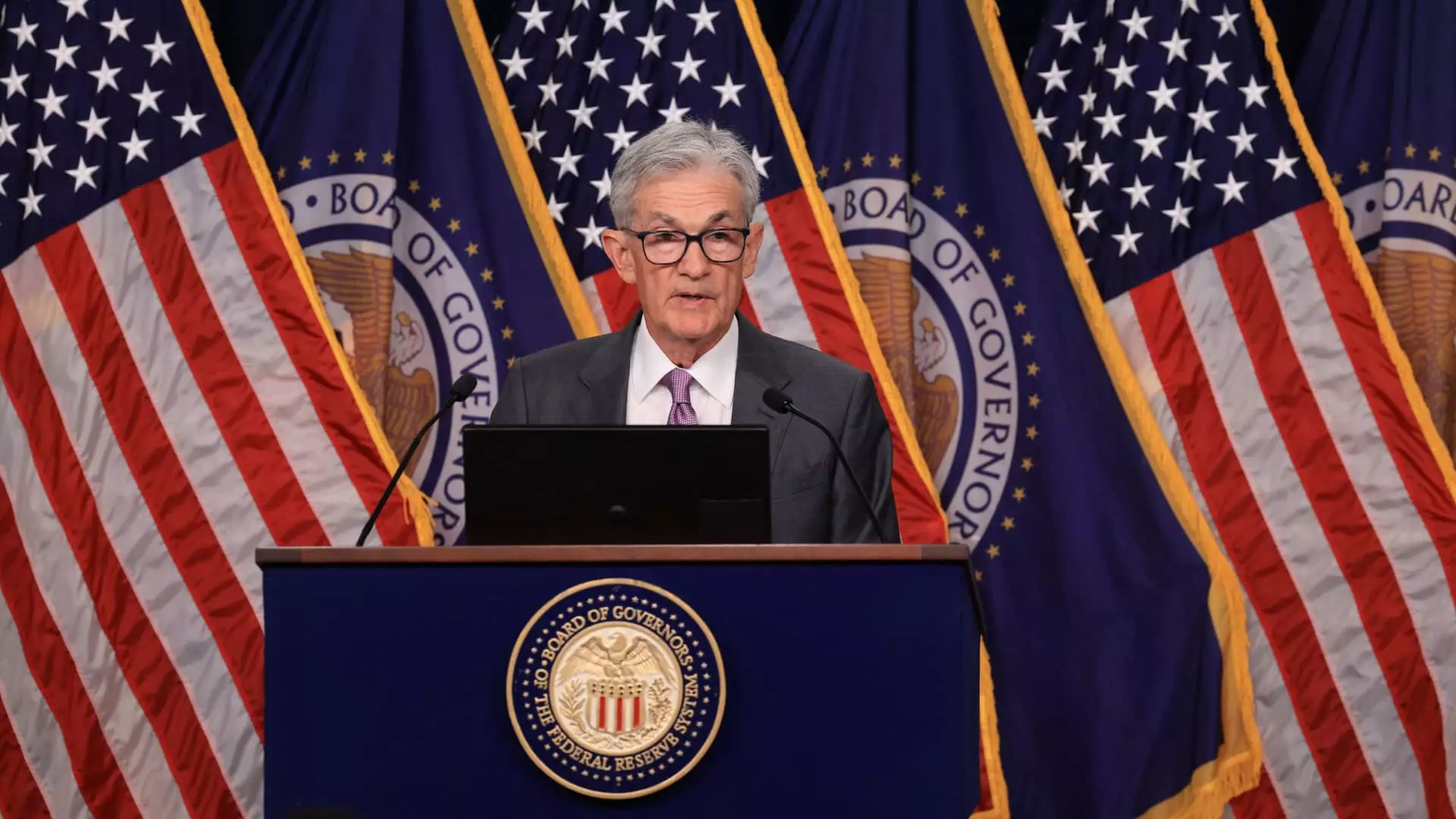The Federal Reserve has made headlines with its intention to lower interest rates, with a projected cut of an additional half-point before the conclusion of 2024. This significant announcement comes as the central bank prepares for its final two meetings of the year, scheduled for November 6-7 and December 17-18. The optimism surrounding this potential reduction reflects a broader strategy aimed at fostering economic stability while addressing ongoing concerns related to inflation and unemployment.
In a noteworthy update to the so-called dot plot, 19 members of the Federal Open Market Committee (FOMC), including both voting and non-voting members, anticipate the benchmark federal funds rate dropping to around 4.4% by the end of 2023. This represents a target range of 4.25% to 4.5%, marking a shift in monetary policy that could influence various sectors of the economy. The projections extend beyond this year, with expectations that interest rates could ultimately decline further to 3.4% through 2025 and possibly reach 2.9% by 2026, indicating a cautious but significant transition in the Fed’s monetary stance.
Assessment of Current Economic Conditions
Chairman Jerome Powell emphasized in a recent press conference that these decisions are not made hastily. “There’s nothing in the Summary of Economic Projections that suggests the committee is in a rush to get this done,” Powell noted, highlighting the need for a measured approach. The Fed’s recent adjustments to the federal funds rate, which now sits between 4.75% and 5%, signify its first rate cut since the early days of the COVID-19 pandemic, a move that many economists and analysts had anticipated.
This cautious optimism is rooted in the belief that inflation is finally trending back toward the target of 2 percent, a goal that anchors the Fed’s broader monetary policy strategy. The post-meeting statement articulated that the FOMC feels an increased confidence in this direction, suggesting a delicate balance between inflation controls and employment targets. The Committee has raised its projected unemployment rate to 4.4% for the current year, an adjustment from the earlier projection of 4%. In parallel, the inflation forecast has been reduced slightly from 2.6% to 2.3%, a development indicative of changing economic perceptions.
Long-term Implications and Strategic Considerations
On the core inflation front, the Fed has also adjusted its forecast downward to 2.6%, reflecting a nuanced understanding of the economic environment. These modifications point toward a comprehensive strategy that takes into account both short-term responses to economic fluctuations and long-term implications for monetary policy. As the Fed navigates these evolving conditions, its approach suggests a commitment to stability and a responsive framework aimed at sustaining growth while combating inflation.
Looking ahead, the challenges facing the Federal Reserve are multifaceted. The interplay of interest rates, inflation, and unemployment will likely continue to shape policy decisions as the economy evolves over the next few years. The emphasis on gradualism, as articulated by Chairman Powell, will remain critical, ensuring that any movements in rates are carefully evaluated against emerging economic indicators. Overall, the Federal Reserve’s stance reflects a cautious yet proactive approach to managing the complexities of the current financial landscape.

